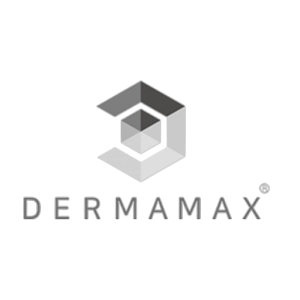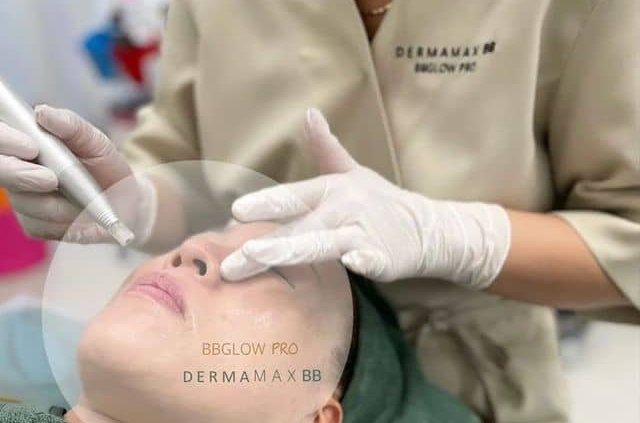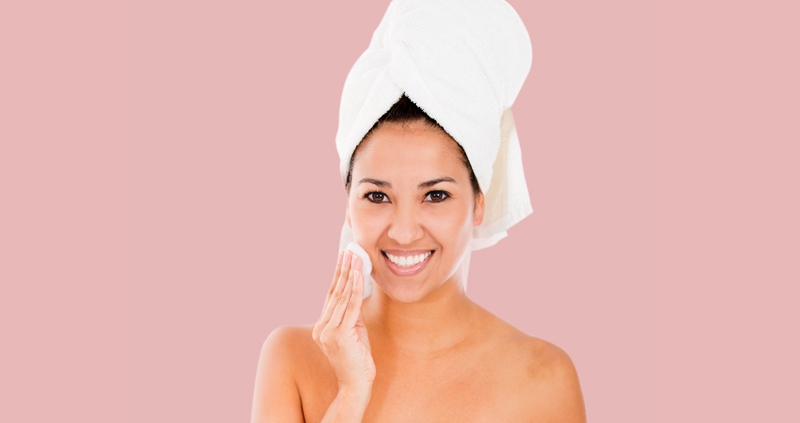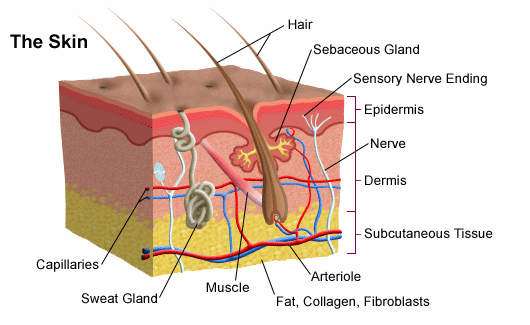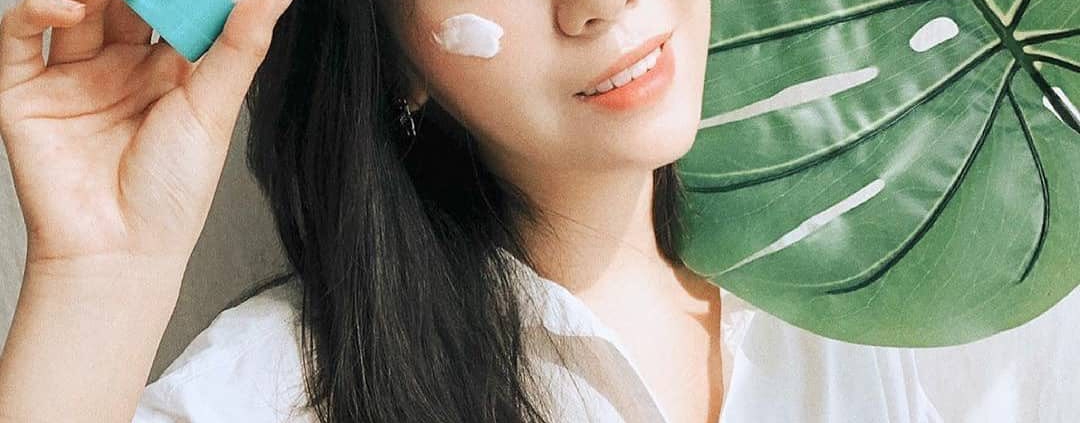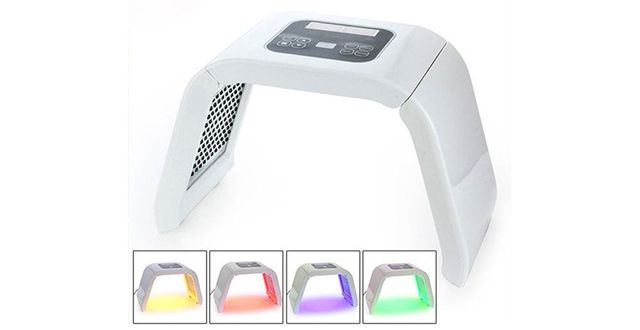What is BB GLOW?
The BB Glow treatment is designed to improve skin tone, achieved through the introduction of micro-injections of foundation. However, it is worth noting that this method is not only used to smooth the skin color, but also to treat it. The fact is that during the BB Glow process, the serum enters the upper layers, which contain vitamins, minerals, trace elements and other substances that have a beneficial effect on the health of the skin.
The BB Glow Treatment technique, like many of the latest aesthetic innovations, was developed in South Korea in 2007 and soon gained widespread popularity beyond Southeast Asia.
BB glow is the advanced development of South Korean beauty experts. Thanks to the use of a special serum, you don’t need to use powder or foundation cream to even out your skin tone throughout the year. The essence of the treatment is to treat and whiten the skin of the face. At the same time, this method itself is completely safe for the body, painless and more like vibration massage.
There is no age limit. In fact, BB glow is ideal for those who want to achieve a perfect, even skin tone without spending too much time in front of the mirror.
In addition to the fact that the BB glow evens out the complexion, the serum helps to tighten pores, moisturize the skin, and smooth fine lines and wrinkles. To achieve this effect, a hypoallergenic color cocktail (with coloring and brightening properties), a set of vitamins and minerals, and hyaluronic acid are injected into the upper layers of the skin. As in the case of many other similar methods, the effect of BB Glow is cumulative, that is, to achieve the greatest effect, it is desirable to perform this method in three or four steps in a certain period of time. Therefore, the effect of a procedure lasts about three months, from three to one year. But do not forget the renewal treatment, it should be done every three months. The thing is, after some time the body starts to remove the pigment with the regular renewal of the epidermis, which means that the skin color may change a little. The maintenance treatment aims to restore an even tone, plus it helps prolong the BB glow effect.
Effects of BB Glow on your skin:
Evens out blemishes, discoloration and hyperpigmentation.
Reduces fine lines, wrinkles or freckles.
Young and healthy skin
Reduces blackheads.
It adds vitamins, anti-aging substances and antioxidants to the skin.
Natural collagen production
Smoothes and moisturizes the skin.
It does not clog the pores of the skin like other foundation products.
Suitable for all skin types
Suitable for all people, even men
How to do it: Devices for BB Glow
BB Glow is a minimally invasive procedure, all processes are performed exclusively at the level of the epidermis, in the upper layers of the skin. The serum is injected using a dermapen – a special device on which cartridges with nano-needles are installed, they work without harming the skin, “rubbing” the drug into the upper layers of the epidermis with light massage movements. do The process itself is completely painless.
What care is needed after bbglow?
After the bbglow treatment, it is recommended to follow a few steps to ensure the most effective result and durability of the treatment.
-Do not apply water to the skin for 24 hours
-Regular use of skin conditioner and sunscreen every 2 hours
-Vitamin C intake
-Fluid intake
-Avoid activities that lead to sweating.
-No skin contact for at least 12 hours
-5 days without makeup and exfoliation
-14 days without swimming
-14 days without direct heat including jacuzzi, sauna or sun
We also recommend using Dermamax Moisturizing and Nourishing Cream, designed to heal, regenerate and revitalize irritated skin after treatment.
